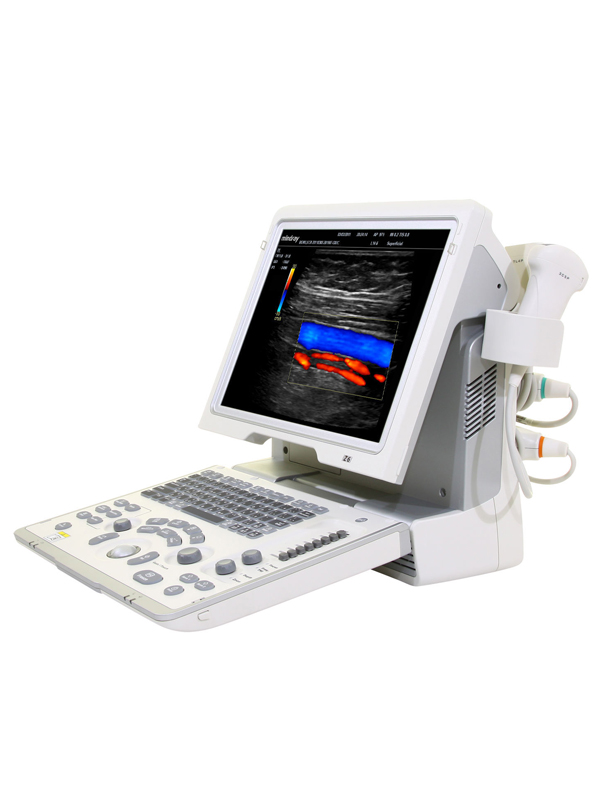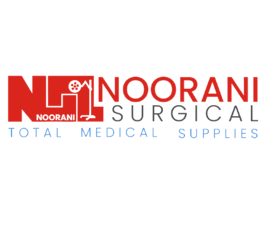A Baby Incubator neonatal intensive care unit, usually shortened NICU (pronounced “Nickyoo”) and also called a newborn intensive care unit, and special care baby unit (SCBU – pronounced “Skiboo”), is a unit of a hospital specialising in the care of ill or premature newborn infants. NICUs were developed in the 1950s and 1960s by paediatricians to provide better temperature support, isolation from infection risk, specialised feeding, and access to specialised equipment and resources.
Infants are cared for in incubators or “open warmers.” Some low birth weight infants need respiratory support ranging from extra oxygen (by head hood or nasal cannula) to continuous positive airway pressure (CPAP) or mechanical ventilation. Public access is limited, and staff and visitors are required to take precautions to reduce transmission of infection.
By the 1970s SCBU’s were an established part of hospitals in the developed world. In Britain, some early units ran community programmes, sending experienced nurses to help care for premature babies at home. But increasingly technological monitoring and therapy meant special care for babies became hospital-based.
By the 1980s, over 90% of births took place in hospital anyway. The emergency dash from home to SCBU with baby in a transport incubator had become a thing of the past, though transport incubators were still needed. Specialist equipment and expertise were not available at every hospital, and strong arguments were made for large, centralised SCBUs. On the downside was the long travelling time for frail babies and for parents. A 1979 study showed that 20% of babies in SCBUs for up to a week were never visited by either parent. Centralised or not, by the 1980s few questioned the role of SCBUs in saving babies. Around 80% of babies born weighing under 1.5kg now survived, compared to around 40% in the 1960s. From 1982 in Britain pædiatricians could train and qualify in the sub-speciality of neonatal medicine. Not only careful nursing, but also new techniques and instruments now played a major role. As in adult intensive care units, the use of monitoring and life support systems became routine. These needed special modification for small babies, whose bodies were tiny and often immature. Adult ventilators, for example, could damage babies lungs and gentler techniques with smaller pressure changes were devised.







Reviews
There are no reviews yet.